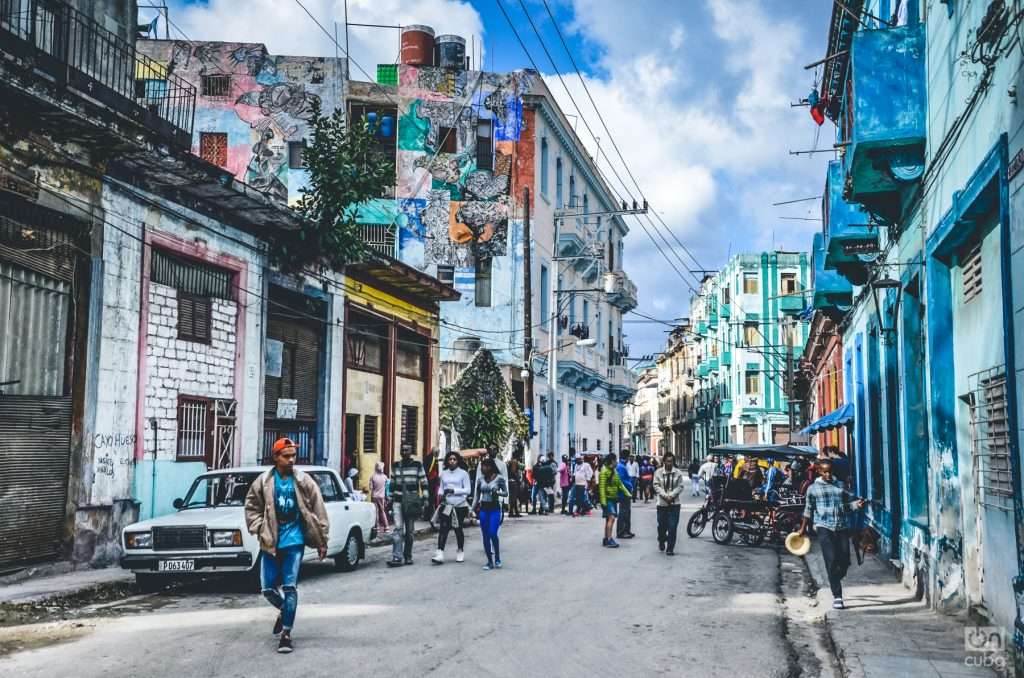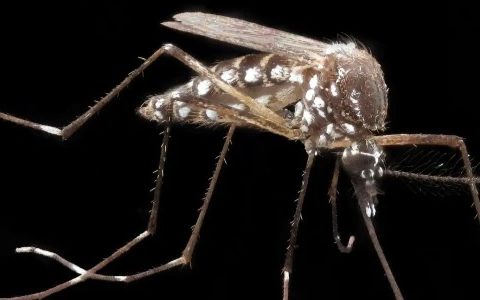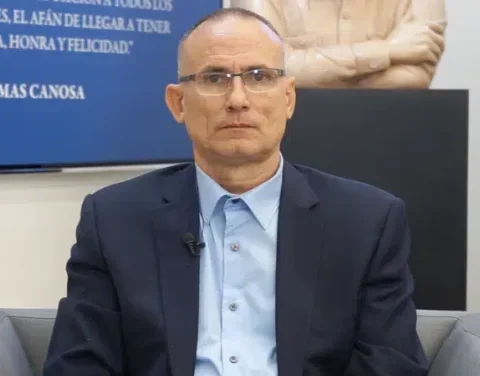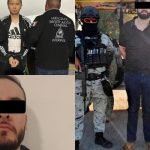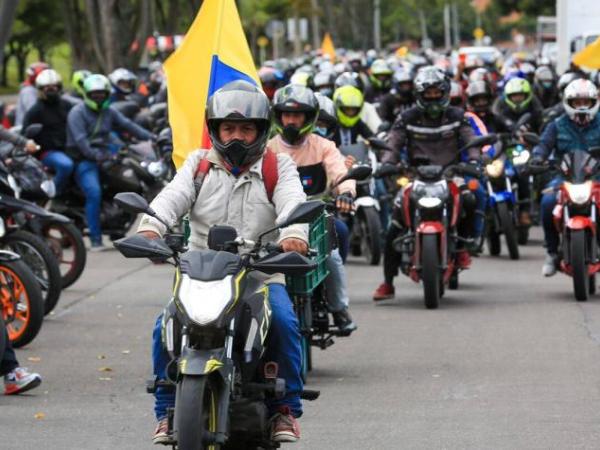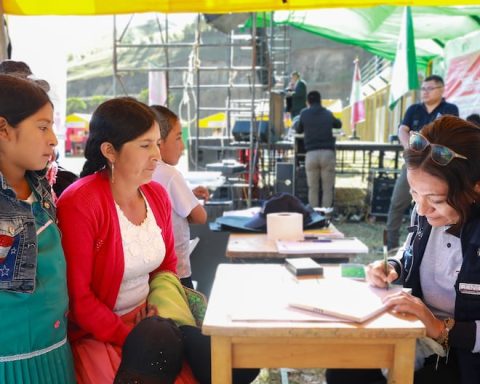A friend, born and raised in Key West, in Havana, has asked me for photos of the people and the streets of that neighborhood. A few years ago, my friend “crossed the pond” and, after going round and round Miami, due to those coincidences of life, he ended up settled on an island with the same name as his native neighborhood, but in the Straits of Florida, in the Tampa Key West.
“Asere, here everyone calls it Key West, in English, but I stick to saying it in Spanish: ‘Caio Hueso,’” my friend blurts out, with a distinctly Havana accent so that there is no doubt about what he is referring to. “It’s a way of being close to the neighborhood where I was born,” he concludes, from a distance, in an audio of WhatsApp.
A few days ago I rummaged through my photographs to fulfill the task. To my surprise I found a lot of material. There have been many occasions in which I have retraced my steps, camera in hand, through the streets of Havana’s Key West.
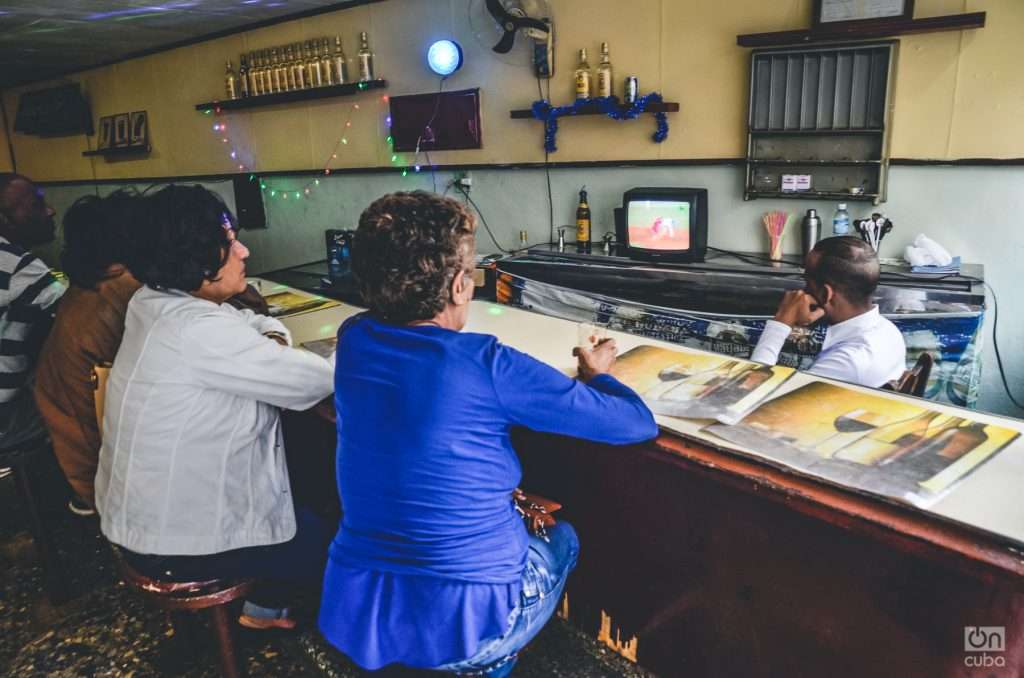

The history of this neighborhood goes back before it had that name. Jacques de Sores disembarked on July 10, 1555 through the old cove of Juan Guillén, exactly between where the Torreón and Parque Maceo are located today. The French corsair looted and then burned the Villa de San Cristóbal de La Habana. The story goes that the first to confront the villain were the residents of the area. In other words, the courage of the residents of Key West is a trait that could be considered hereditary.
According to historical data, in the first half of the 19th century the area was already urbanized. A map of Havana inside and outside the walls, dated 1853, confirms this. At that time, some of the wealthiest Havana families had lavish estates there. Such is the case of the Aramburu and the Oquendo. Hence the name of a couple of streets that currently run through Key West.


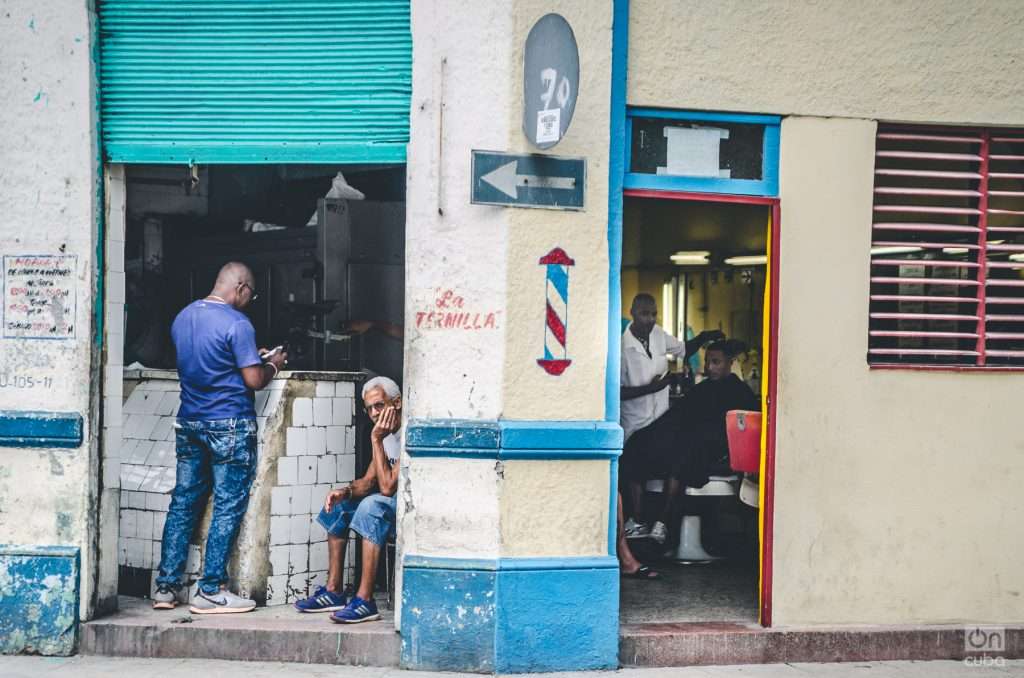
At the end of that century, Cuban tobacco workers who returned to Cuba after living in Tampa and Key West, in the United States, began to reside there. Many of those workers knew José Martí himself and attended his speeches at the time when the apostle brought together Cuban men and women in exile.
In fact, several tobacco twisting factories were opened in the area at that time. This meant that, in the Cuban republican era, Key West was a main node of the Cuban labor movement.
In this way and to remember their old neighborhood on the island of Florida, the new neighbors asked to baptize this little part of Havana as Key West. The name was made official on July 26, 1912, after an agreement by the Havana City Council.
To learn more about Havana’s Key West, I wrote to Joanna Vidal, a great friend and colleague in journalism, who, as I recall, always proudly told some stories about Centro Habana.
Joa is from the San Leopoldo neighborhood, but “if they ask me, I say I’m from Key West, because my grandmother recruited me for her club. It was she who educated me. That’s why I know more about Key West than about my neighborhood”, she writes to me in a conversation by chatfrom Spain.
“I will tell you some things that I know and others that my grandmother told me. To begin with, the people of Key West are not the typical descendants of slaves, but are blacks and mestizos of a higher class, mostly descendants of artisans and other manufacturers. In addition to the workers, the other point of interest was the students, since there were many hostels, lots and buildings that were dedicated to rent due to their proximity to the University of Havana. In this way, you have a very interesting cultural and ethnic mix: on the one hand the workers, mostly tobacco rollers, who were black and mestizo in a high percentage; on the other, college students, almost all white males from the middle and upper classes.
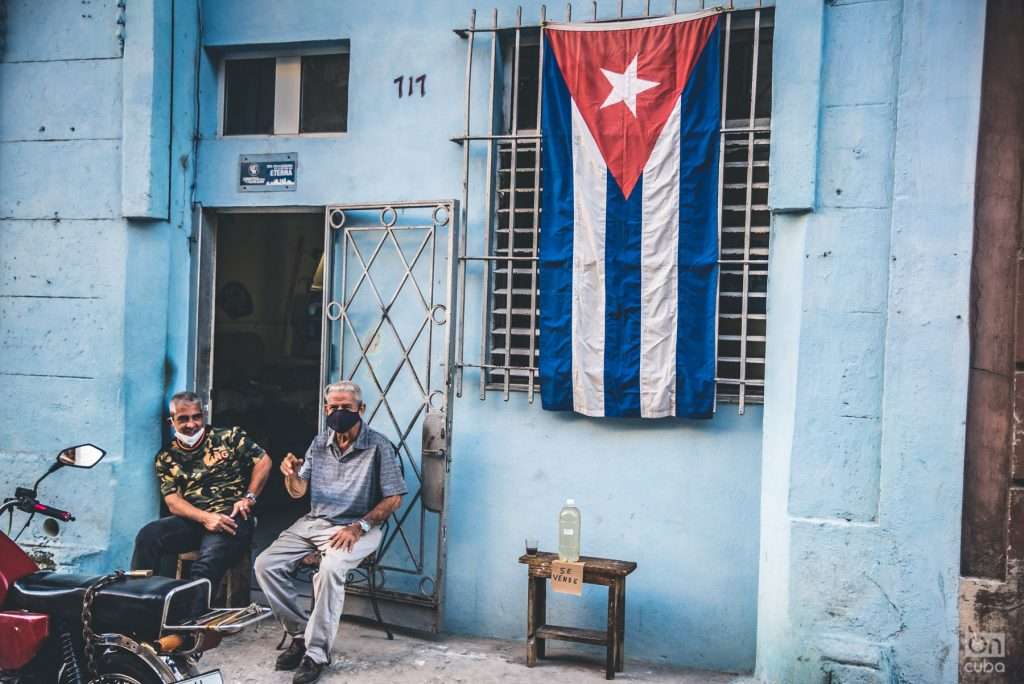
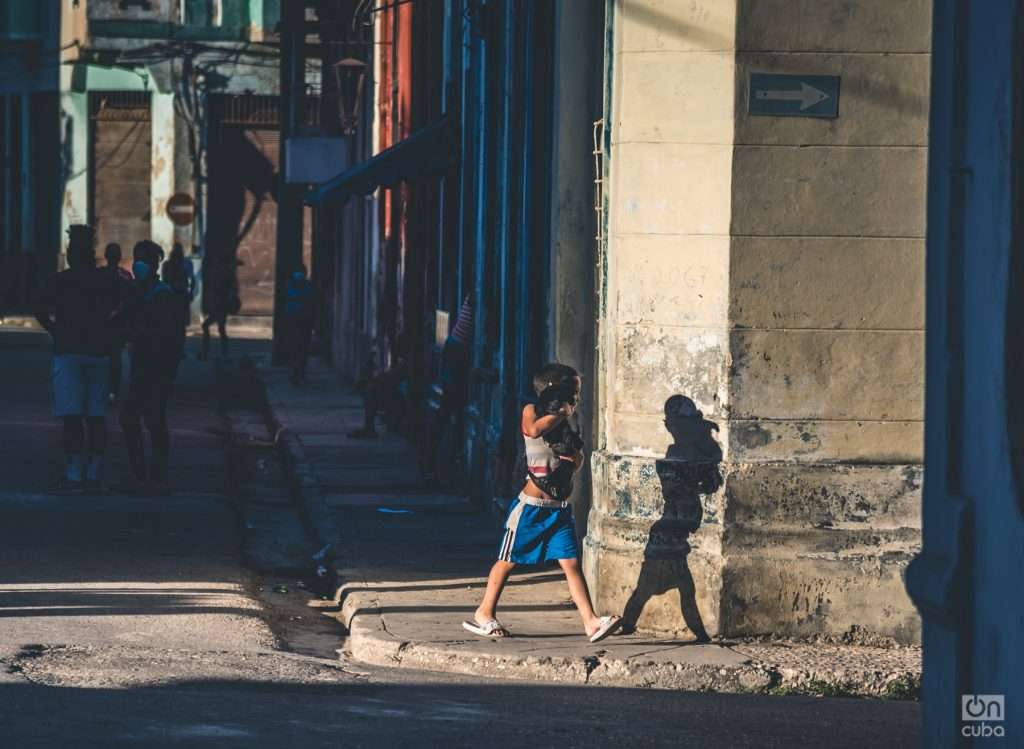
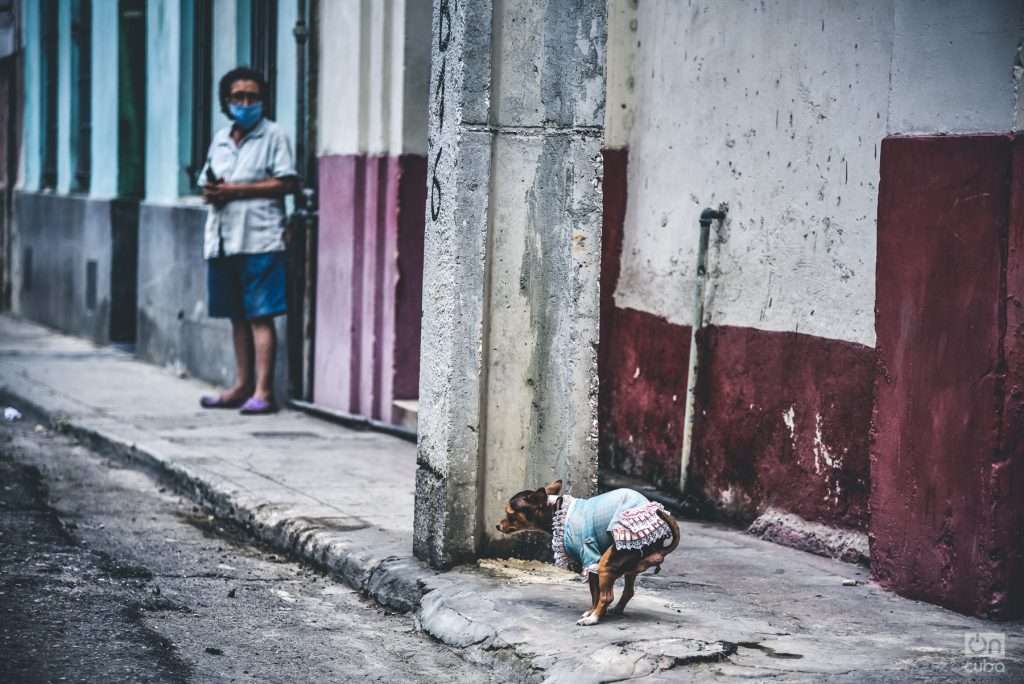
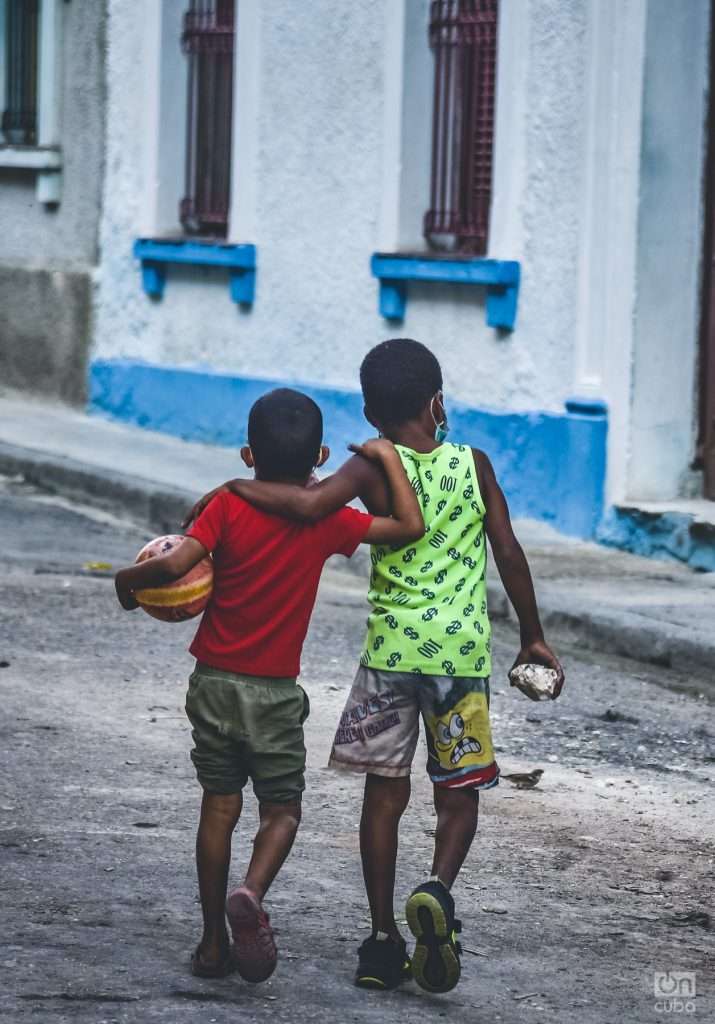
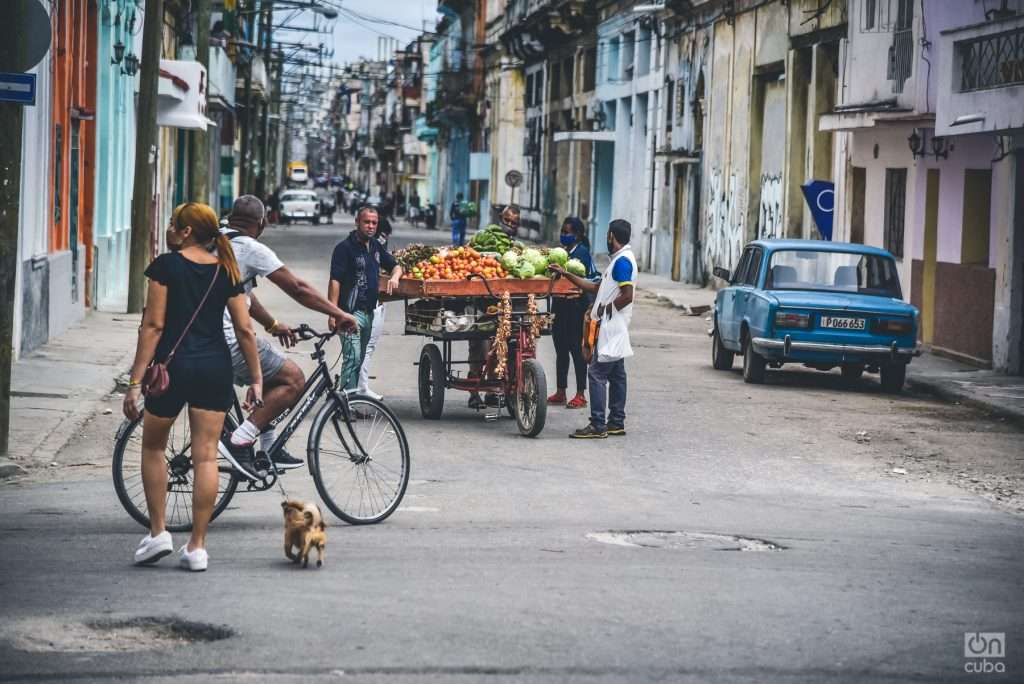
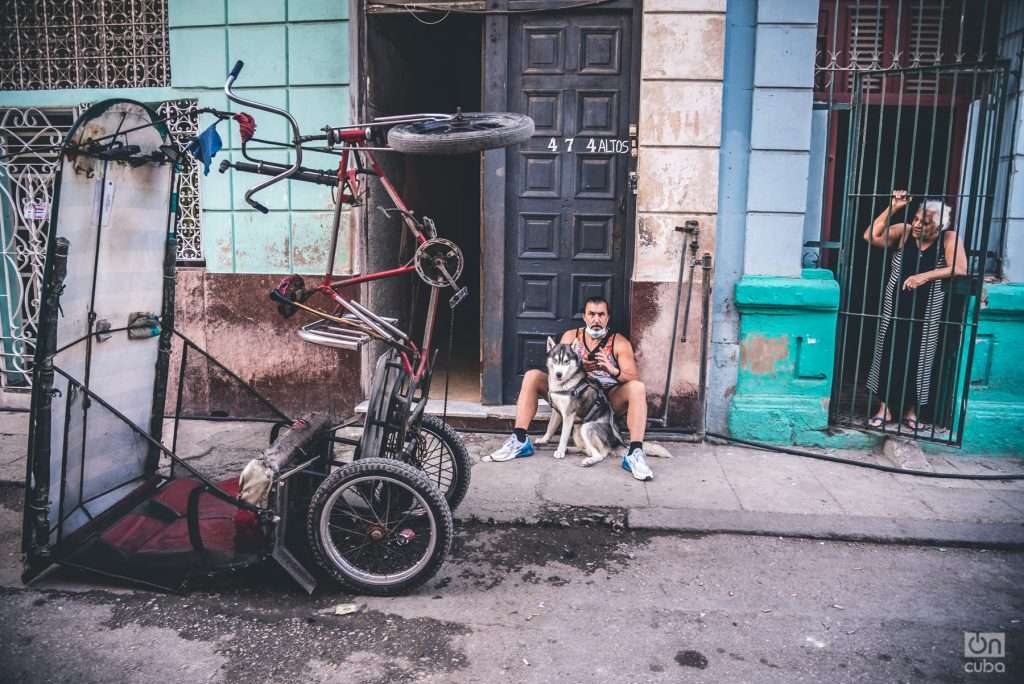

This neighborhood is the perfect mix of what Cubans and Cubans are…Due to this miscegenation and that people from different parts of Cuba came to settle in the neighborhood, it began to be a cultural focus, that is why many famous musicians or artists from the 20th century were born or lived in Key West: Chano Pozo, Los Zafiros, Juan Formell, Ángel Díaz (exponent of del Filin, a movement that emerged in the Callejón de Hamel), Omara Portuondo, Elena Burke and the filmmaker Julio García Espinosa, among others. It has also been a very stigmatized neighborhood.
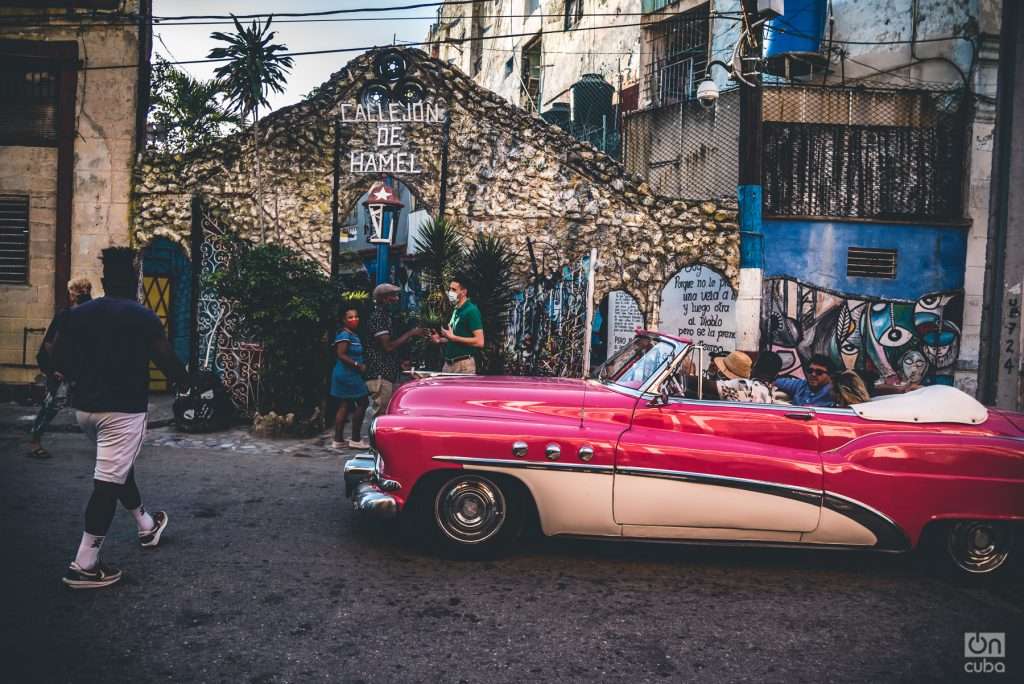
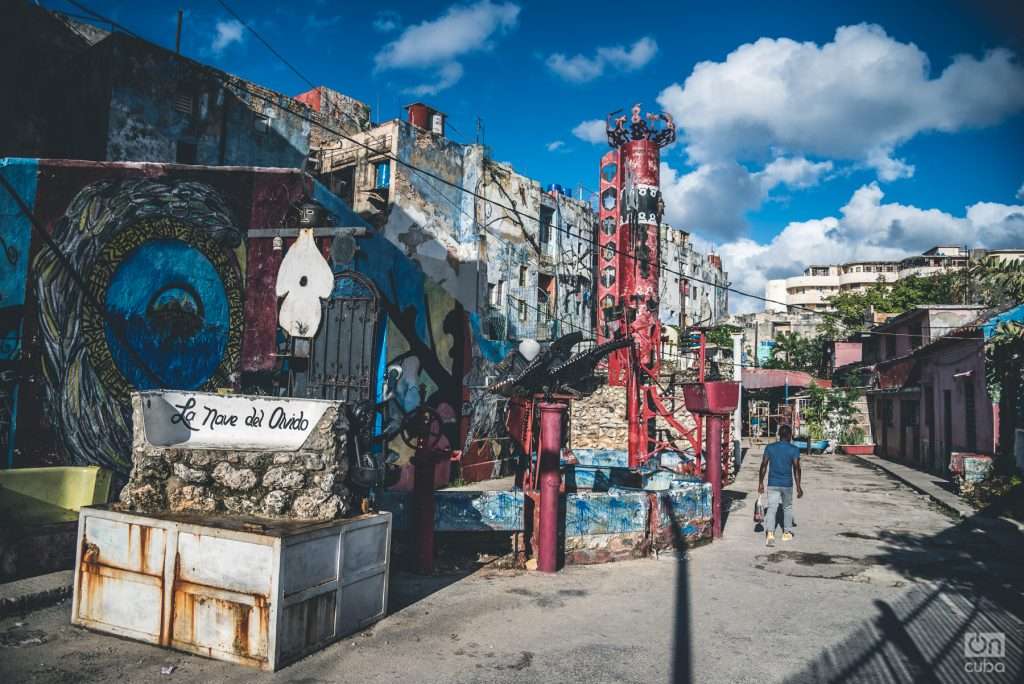
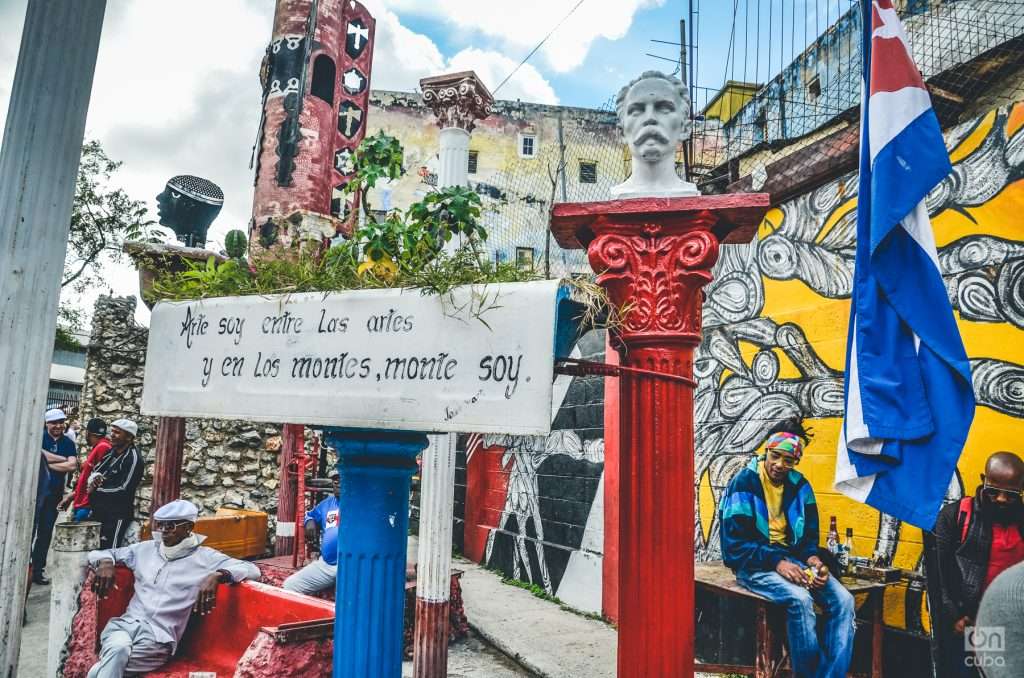

At the time, I understand that the prestige of the neighborhood was not good, especially in the first half of the 20th century. The bad reputation was associated with violence. It was said that those who lived there were “problematic people”, but behind that were racial prejudices against blacks and, above all, against religions such as the Abakuá. That is why these cultural movements and recognized artists served to legitimize the neighborhood, to give it social recognition.”
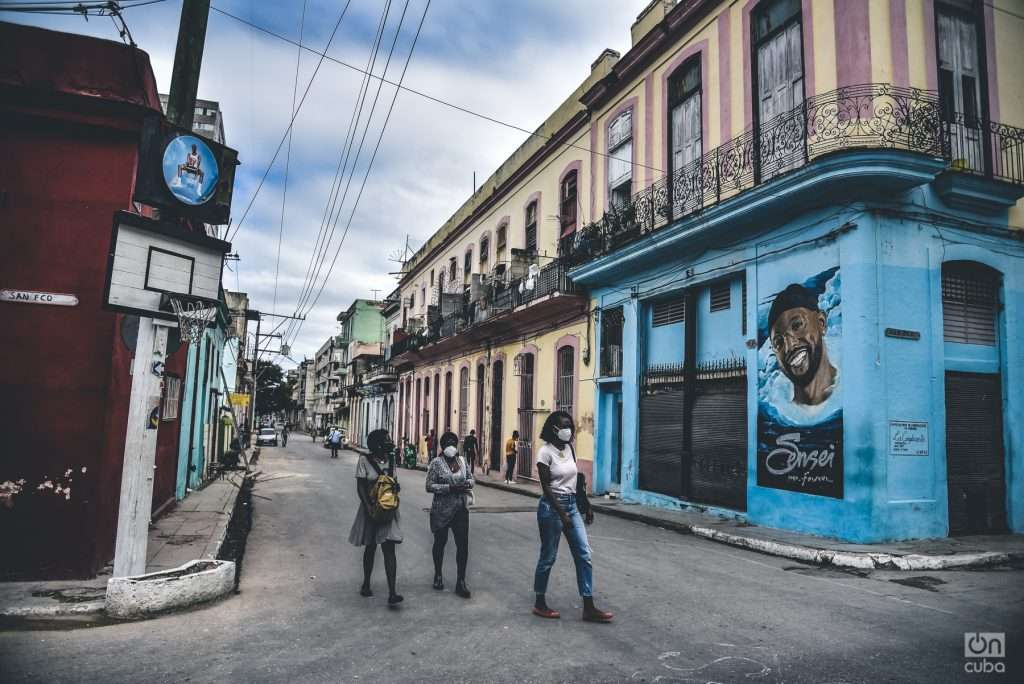
What would be the inescapable particularity of Key West?
“I think that the enigma of the neighborhood is in its sense of belonging. Being a neighborhood founded by people who came from other places in its origins and being nucleated in working-class and cultural societies influenced a sense of belonging. That is why what the natives of the neighborhood do is consumed first, or supported. It’s like a kind of brotherhood among its people: they support what belongs to them because that also gives recognition to the neighborhood, it gives it prestige.
Few neighborhoods in Cuba have that sense of belonging. In fact, we Cubans brag about our provinces, at best our municipalities, but the people of Key West put their entire neighborhood above it, not even the municipality or province to which they belong. There is a pride in being from Key West that is instilled from the same family.
For example, my grandmother, Juana Jústiz, born in Cayo Hueso, on Soledad Street, in 1923, when she grew up she went to buy from the farms there, she did all that neighborhood, although she lived in a nearby neighborhood. That is why El Dany, the popular reggaeton player who died at the age of 31 in 2020, is an idol there and not another reggaeton idol. It’s like a pride, because ours, who are humble, are progressing and we, the people of their neighborhood, have to support them.
Now on a corner of San Francisco Street, where El Dany used to meet with his usual friends and play basketball, even though he was internationally famous, there is an altar in his memory made spontaneously by the people of the neighborhood”.
Joa mentioned Chano Pozo. And if we talk about Chano and Cayo Hueso, a cajon rumba sounds (that sociocultural manifestation of African roots, one of the pillars of Cuban identity).
Although Luciano (Chano) Pozo González was born on a plot of land in Vedado, the streets of the central-Habanero neighborhood saw him grow up, party and fight very hard to overcome poverty. That Cuban black who “overwhelmed” Key West with the comparsas and became abakuá, jumped from the “Africa” lot to beat his drums in New York and left his mark on the history of jazz. Charlie Parker and Dizzy Gillespie soaked up his charisma and talent. With Gillespie and Walter “Gil” Fuller, Chano composed “Manteca” in 1947, one of the jewels of Afro-Cuban jazz.
About the time of Chano Pozo’s Cayo Hueso and a jump to the present, the writer and inveterate musician, Leonard Padura, wrote “Chano Pozo. The summit and the abyss. In that article, Padura relates:
“Key West, the truth is, it is no longer Key West. Only the echoes of its miserable and violent fame remain of the old and recognized ferocity of this neighborhood in the capital; Of its most renowned and gloomy lots, what survives now, if anything, is an ancient facade incapable of capturing what was in its entrails. At present, one can retrace its most famous streets at any time of the day -or night- without fearing that a stealthy knife will pierce a lung or that they will frame you on a corner and even take off your underpants.
Now in Key West there are big, clean, even luxurious buildings, and Trillo Park is a place for kids to run and have fun.
For many years this neighborhood, with an advantage over Pueblo Nuevo and Belén, has disputed the paternity of Chano Pozo, that street percussionist who, in record time and with his Cuban drums, managed to revolutionize the be bop revolution. Following the trail of Chano Pozo I walk and wander Key West, I talk on the corners, I observe the places he frequented, I breathe the air that he breathed and suddenly I feel that the neighborhood is the same as before and I manage to hear the frenetic rumba of box that has been set up on the Rancho Grande lot, I hear the cries of the fratricidal quarrel that is going on in Trillo Park and I watch with a foreigner’s suspicion the stormy passage of two handsome men who warn out loud that they do not even believe in the mother who gave birth to them and they kill themselves with anyone…”

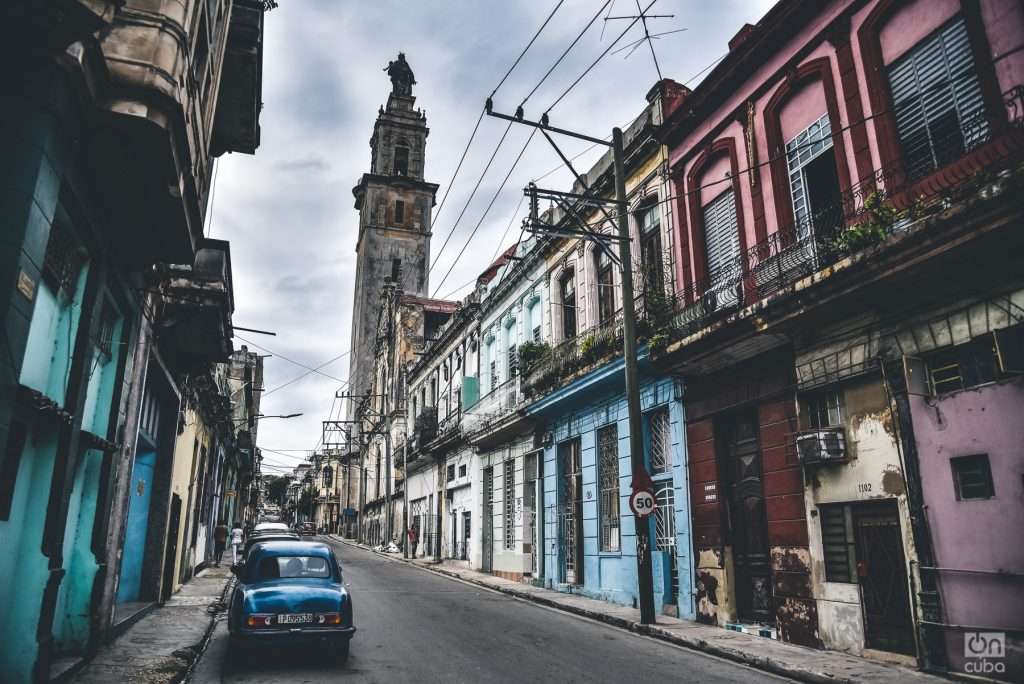
Cayo Hueso is much more than one of the popular councils of the Centro Habana municipality. Much more than its well-known Trillo Park or the colorful Callejón de Hamel, it is one of the most visited places by tourists on their way through Havana. That grid, delimited by a part of the Malecón, Zanja street, Belascoaín road and Infanta street, is one of the most genuine and latent faces of Cuban identity and culture. That territory is a living example of the metaphorical Cubanism coined by Fernando Ortiz as “our national ajiaco” to explain the diversity and heterogeneity of our sociocultural formation. Key West is Cuba at all sweetened, where its people persist and fight daily life.

